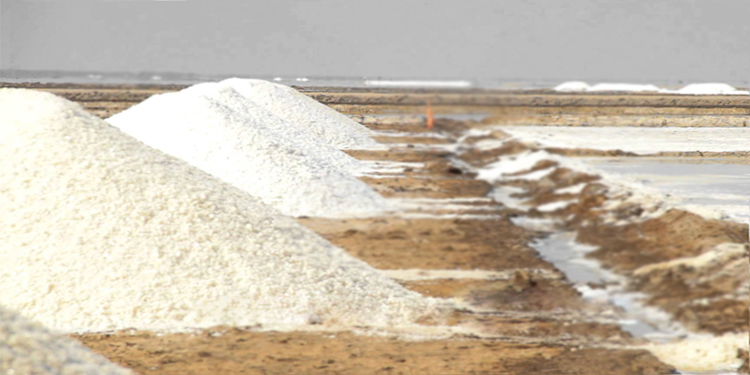
Mr Bryceson Kibasa, Hanang District Council Executive Director, said that apart from utilizing the locally available commodity, the plant will also create employment opportunities.
“The planned plant will create employment to people as well as solve the challenge in that a lot of salt available in the area is just lost,”
Mr Kibasa further revealed that the plant will be located within the region, as proposed by specialists, to ease operations and increase efficiencies due to the bulkiness of the material.
He added that the salt factory will managed by the district council but sought out for interested investors for a joint venture in putting up the facility.
In 2016/17, the council racked in more than shs100 million in revenue from taxing salt producers and traders.
Eagle Vet Tanzania Ltd, Ian Associates Company Limited Socimpex Co., Ltd., Hagrelo Company, Ndolezi International Limited and Franco Willy are some of the major salt processing and distributing companies in Tanzania.
Mr Kibasa said there is assured market in the Northern Zone, as its regions do not have much of salt deposits.
According to a report by the Iodine Global Network, Tanzania produces about 27300 metric tonnes of salt per year with direct human consumption estimated at about 202,000 metric tonnes.
Industrially, Tanzania majorly uses salt widely in fish processing and hide preservation with the country also exporting salt into neighboring countries such as Burundi, DRC and Rwanda.
In 2016, worldwide production of salt amounted to some 270 million metric tons with China being the leading salt producer worldwide at 58 million tons.
However, the greatest single use for salt is as a feed stock for the production of industrial chemicals.
This accounts for 68 percent of all the salt manufactured. Also, only six percent of all salt worldwide is used for food purposes.
